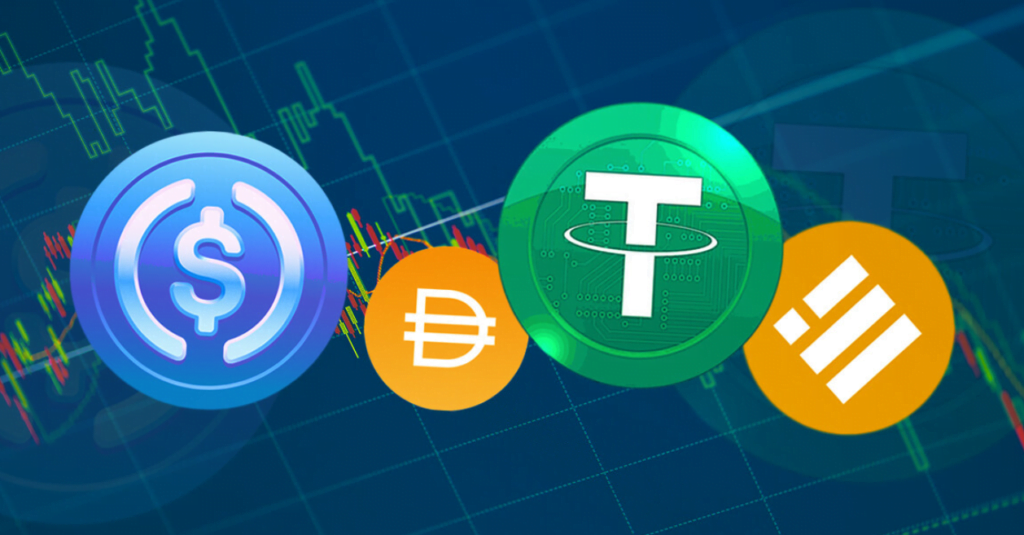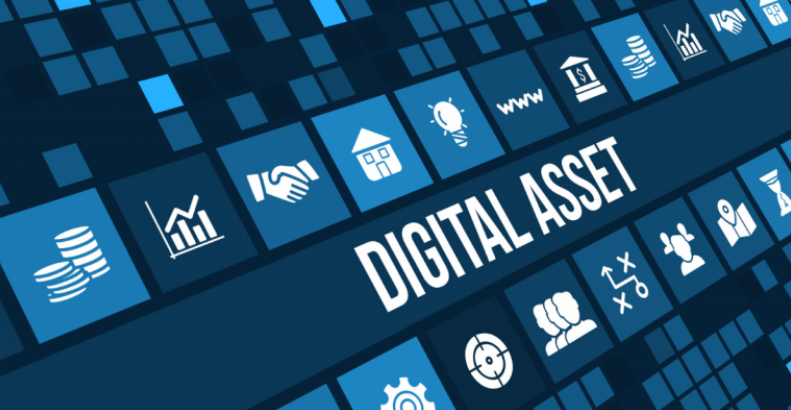An increasing number of enterprises are turning to blockchain-backed private credit as they seek financing amidst rising interest rates, resulting in a substantial surge in this sector.
As per RWA.xyz, a platform monitoring debt, active private loans through digital ledgers have surged by 55% since the onset of 2023, totaling approximately $408 million by November 28th.
Though this amount is less than the peak of nearly $1.5 billion reached in the prior year’s June, it signifies a noteworthy revival. Nevertheless, it’s important to note that this sum is merely a fraction of the $1.6 trillion traditional market for private credit.
One significant advantage of blockchain-based private credit is the potential for reduced borrowing costs. While interest rates can fluctuate depending on the specific deal, certain blockchain protocols charge under 10%, in contrast to the double-digit rates sought by traditional providers in the current market climate.
Blockchain Boosts Transparency and Lowers Borrowing Rates in Private Credit

Agost Makszin, co-founder of Lendary (Asia) Capital, an alternative investment management group, informed Bloomberg that heightened transparency and liquidation mechanisms on-chain have mitigated lending risks.
Consequently, this has led to lower borrowing rates in comparison to traditional private credit, which is notorious for its slower and extended liquidation process.
Traditional private credit has faced criticism for its opacity, with concerns raised by industry players such as Pimco and the European Central Bank.
However, this sector has witnessed substantial growth since 2015, offering loans for smaller companies, buyout financing, real estate, and infrastructure projects, with investors increasingly seeking exposure to this asset class.
Efficient Funding with Ethereum and Stablecoins

In the blockchain iteration of private credit, platforms like Centrifuge, Maple Finance, and Goldfinch facilitate pooling or providing access to investor funds.
These protocols commonly utilize the Ethereum (ETH) blockchain and stablecoins like USD Coin (USDC), which are pegged to the dollar. Borrowers can access funds through smart contracts, codifying the loan terms.
To bolster investor confidence, protocols can structure loans or collateralize them with real-world assets. RWA.xyz data underscores that the consumer, auto, and fintech sectors constitute the majority of active loans by value, followed by real estate, carbon projects, and crypto trading.
Maple Finance, a blockchain-based lending platform, faced challenges during last year’s crypto market downturn but has been recovering. Total decentralized lending has reached around $22 billion year-to-date, albeit still below the record high of $54 billion in April 2022.
Blockchain Private Credit Thrives Amid Digital Asset Challenges

Despite the recovery, the digital asset industry confronts obstacles like limited access to banking services due to concerns over crypto’s association with illicit activities.
The transition between tokens and fiat currency is complex, and traditional finance remains cautious about digital ledgers and potential security risks. Furthermore, the absence of a credit rating system in the crypto lending market impedes a comprehensive understanding of risks.
Nevertheless, activity is gaining momentum in the blockchain-based private credit space. Maple Finance and AQRU facilitated Intero Capital Solutions LLC’s access to $3 million in stablecoins from a blockchain-based credit pool.
Similarly, Goldfinch provided its inaugural callable loan of $1.35 million in stablecoins to Singapore-based fintech firm Fazz, where lenders can demand principal repayment at regular intervals.

